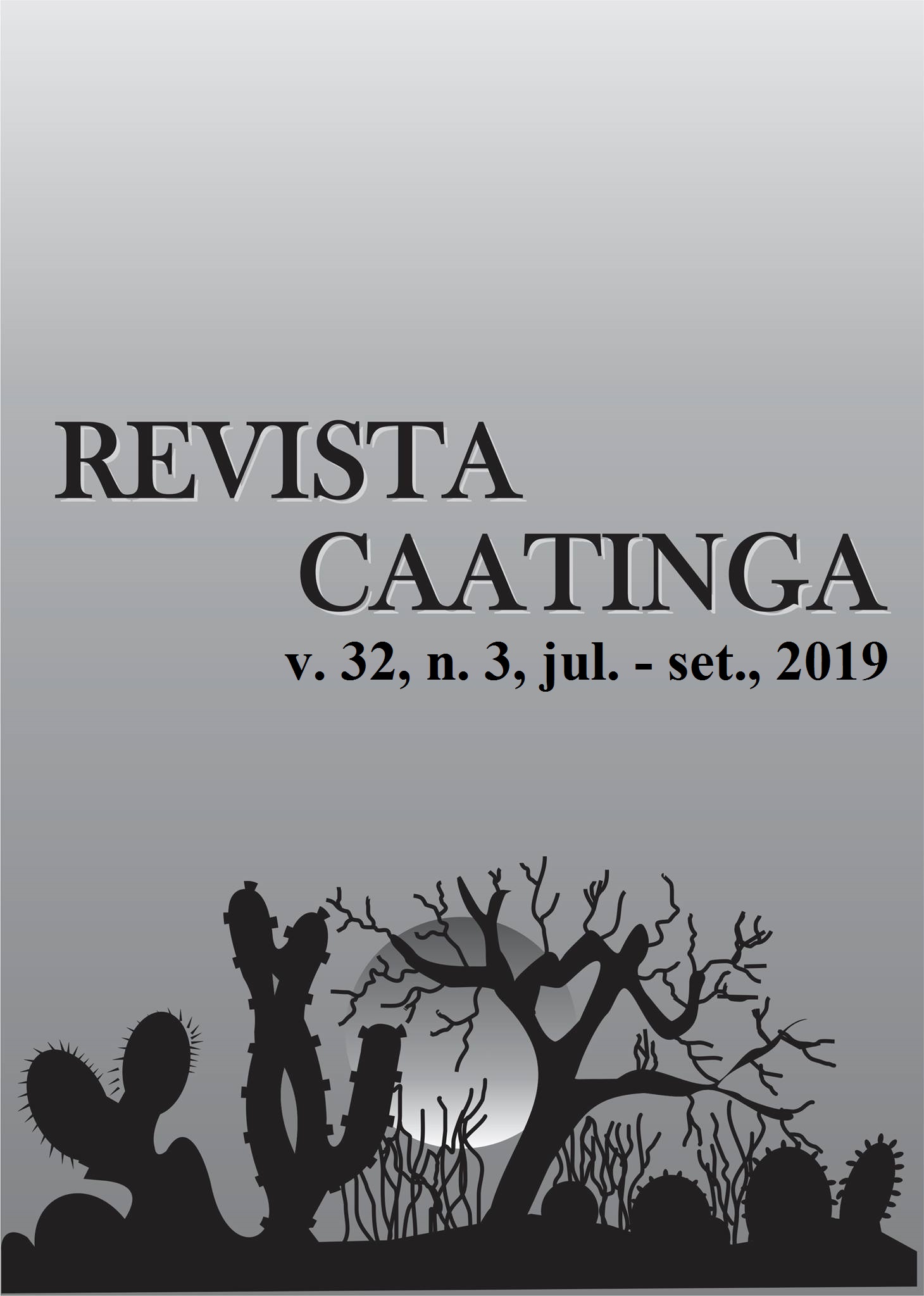MORPHOMETRIC DESCRIPTORS AND PHYSIOLOGICAL SEED QUALITY FOR SELECTING Aspidosperma pyrifolium Mart. MATRIX TREES
DOI:
https://doi.org/10.1590/1983-21252019v32n319rcKeywords:
Biometry. Genetic diversity. Dry forests. Pereiro tree.Abstract
Aspidosperma pyrifolium Mart. (Apocynaceae) is a tree species with high ecological and economic potential. Therefore, the need to select trees for producing high-quality seeds is evident. In this sense, the objective of this study was to select A. pyrifolium matrices based on the morphometric descriptors of fruits and seeds and the physiological quality of seeds from a natural population. For this, 11 A. pyrifolium trees were selected, and their fruits and seeds were submitted to biometric analysis; in addition, the physiological quality of the seeds was evaluated. The morphometric characteristics of fruits and seeds and the physiological quality of the seeds evidenced differences and variations among the seeds of the different A. pyrifolium trees, making it possible to group them according to the similarity degree. Thus, seven trees were selected as seed matrices based on superior physiological quality and genetic dissimilarity.
Downloads
Downloads
Published
Issue
Section
License
Os Autores que publicam na Revista Caatinga concordam com os seguintes termos:
a) Os Autores mantêm os direitos autorais e concedem à revista o direito de primeira publicação, com o trabalho simultaneamente licenciado sob a Licença Creative Commons do tipo atribuição CC-BY, para todo o conteúdo do periódico, exceto onde estiver identificado, que permite o compartilhamento do trabalho com reconhecimento da autoria e publicação inicial nesta revista, sem fins comerciais.
b) Os Autores têm autorização para distribuição não-exclusiva da versão do trabalho publicada nesta revista (ex.: publicar em repositório institucional ou como capítulo de livro), com reconhecimento de autoria e publicação inicial nesta revista.
c) Os Autores têm permissão e são estimulados a publicar e distribuir seu trabalho online (ex.: em repositórios institucionais ou na sua página pessoal) a qualquer ponto antes ou durante o processo editorial, já que isso pode gerar alterações produtivas, bem como aumentar o impacto e a citação do trabalho publicado (Veja O Efeito do Acesso Livre).







